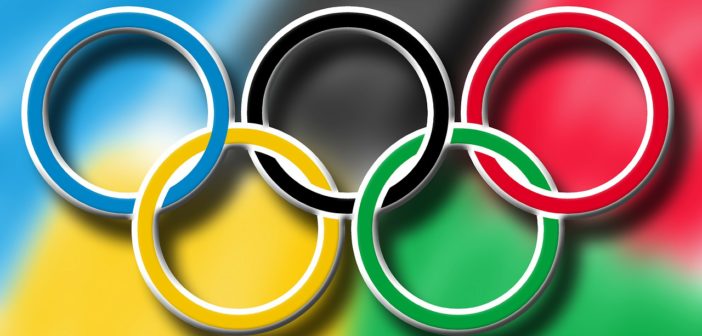In 1959 Chicago undertook one of the most disastrously planned sporting events to date, the Pan-American Games. This event suffered perhaps worse crises than the media in the rapidly assembled hotels in Sochi during the 2014 Winter Games.
The Pan-American Games themselves were not well planned. It is almost comparable to Sochi Olympics housing wise. On top of that, the ceremonial torch that would be used to open the 1959 event in Chicago was stolen from a U.S. Boy Scout honor guard in Oklahoma, when it was being delivered from Mexico City, Mexico. It was recovered, but after the car carrying it rolled into the Mississippi River the bottom part of the torch was lost, according to the Sun-Sentenial.
The housing situation for the teams was so poor that many of the athletes did not even stay in Chicago. Instead, they stayed in dorms on the campus of North Central College, in Naperville, where classes had not yet begun.
Athletes would take the train back and forth to Chicago. At the time, North Central College did not have many residence halls. It had Seager Hall, built in 1957, and Geiger Hall, which was built in 1957.
One of NCC’s star athletes competing in the Pan-American Games was Richard “Dick” Blick (’62). He was a sophomore at the time of the Games, and a swimmer. Blick did surprisingly well at the Games obtaining a gold medal and shattering the Pan-American Games record for the 200-meter swim by 10 seconds. He also beat the world record by nine-tenths of a second. Blick was described by Eural Mac McLaughlin (’63), as being “the Phelps of the 1960 Olympics.”
Despite the success of the athletes, the Pan-American Games were not without their problems and mishaps.There were many things that didn’t go right for the Pan-American Games. Most notably there was an individual who put perch in the water section of the steeplechase, luckily authorities noticed before the event actually happened. Adam Yauch might have called it sabotage, but with less than two years to prepare perhaps it is simply poor planning that led to the disasters.
There was already unrest, and it continued when Mexican teams protested the lack of shooting ranges by shooting up squirrels, seagulls and trees. It continued when the Haitian soccer team refused to continue a match
Even amidst the chaos the United States dominated winning 121 of the 164 medals. Jim Sarni wrote for the Sun-Sentinel that Chicago’s sports fans were more interested in the Chicago White Sox who at the time were close to winning a National League pennant.
The unrest continued once more on the morning of the closing ceremonies when Ronaldo Duncan Arantes, a Brazilain rower aged 26, was found dead on the campus of North Central College some 200 feet from Geiger Hall. He had a single shot to the heart and 38-caliber revolver near his side. His left hand had powder burns.
The gun’s serial number did not match the one that Arantes was sold in the city of Aurora earlier. That night Arantes was seen dancing with a 17-year-old Naperville girl, Janet Hieronymus. His last words before leaving, according to his teammates as reported in the Arizona Republic, were, “I am going to see a beautiful girl and Al Capone.”
Police, including Lt. John Buckley of the Chicago Homicide Bureau, initially thought it was a suicide. The DuPage County coroner at the time, Dr. Sam Lewis, said that the gun would have had to be fired with the left hand to have been self-inflicted. Closer inspection revealed ripped jacket pockets and missing buttons.
Romulo Arantes, the victim’s brother and coach, said in the Spokesman’s Review that Arantes had mentioned days earlier “an appointment to meet another Al Capone.” His brother also claimed Arantes was right-handed.
What media outlets at the time mainly focused on were the bullet wound, the murder weapon and a plan to smuggle arms to Brazil. But did they tell the whole story?

